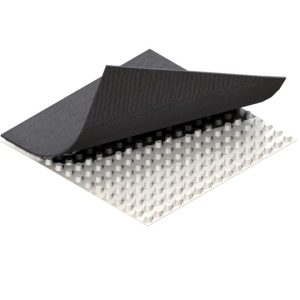Sanitary Napkin Material Composition and Properties
# Sanitary Napkin Material Composition and Properties
## Introduction to Sanitary Napkin Materials
Sanitary napkins are essential feminine hygiene products designed to absorb menstrual flow. The materials used in their construction play a crucial role in comfort, absorption, and overall performance. Modern sanitary napkins combine various materials to create a product that’s both functional and comfortable for users.
## Core Components of Sanitary Napkin Materials
### 1. Top Sheet (Cover Layer)
The top sheet is the layer that comes in direct contact with the skin. It’s typically made from:
– Nonwoven polypropylene or polyethylene
– Perforated plastic films
– Cotton or cotton blends for premium products
Key properties: Softness, breathability, and quick-dry capability
### 2. Absorption Core
This is the most important functional layer, consisting of:
– Fluff pulp (wood cellulose)
– Superabsorbent polymers (SAP)
– Combination of both materials
The absorption core can hold 10-50 times its weight in liquid, depending on the product type.
### 3. Back Sheet (Barrier Layer)
The back sheet prevents leakage and is usually made from:
– Polyethylene film
– Breathable microporous films
– Biodegradable materials in eco-friendly options
This layer must be liquid-proof while allowing some breathability.
### 4. Adhesive Components
– Pressure-sensitive adhesive for attachment to underwear
– Release paper to protect the adhesive before use
## Advanced Material Technologies
Recent innovations in sanitary napkin materials include:
### 1. Odor-Control Materials
Keyword: sanitary napkin material
– Activated charcoal layers
– Baking soda-infused fabrics
– Antimicrobial treatments
### 2. Enhanced Comfort Features
– 3D embossed top sheets for better airflow
– Silk-like finishes for premium products
– Side barriers with elastic components
### 3. Eco-Friendly Alternatives
– Bamboo fiber topsheets
– Biodegradable PLA (polylactic acid) materials
– Organic cotton options
## Material Properties and Performance Factors
The effectiveness of sanitary napkins depends on several material properties:
### Absorption Capacity
– Measured in grams of fluid absorbed per gram of material
– SAP can absorb 30-60 times its weight
– Fluff pulp provides quick absorption while SAP locks in moisture
### Wetback Characteristics
– The amount of fluid that returns to the surface under pressure
– Lower wetback means better dryness sensation
– Achieved through proper SAP distribution
### Breathability
– Important for skin health and comfort
– Measured in moisture vapor transmission rate (MVTR)
– Microporous back sheets improve breathability
### Softness and Skin Compatibility
– Measured by fiber fineness and surface texture
– Important for preventing irritation
– Non-irritating adhesives are crucial
## Future Trends in Sanitary Napkin Materials
The industry is moving toward:
– More sustainable and biodegradable options
– Smart materials that can indicate saturation
– Improved comfort through advanced textile technologies
– Health-monitoring capabilities in premium products
Understanding the material composition of sanitary napkins helps consumers make informed choices and appreciate the engineering behind these everyday essential products.


